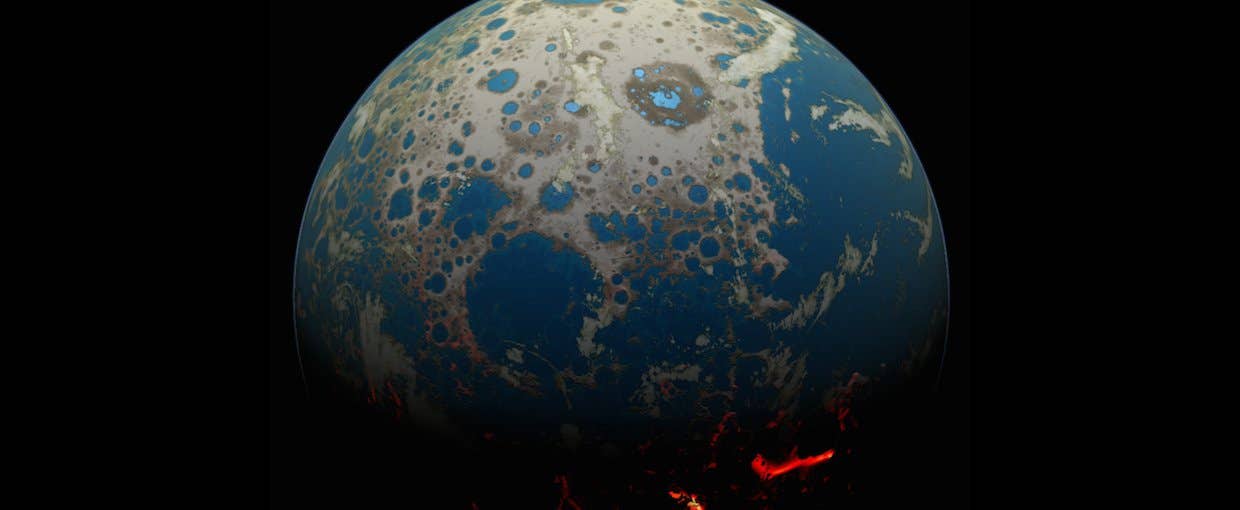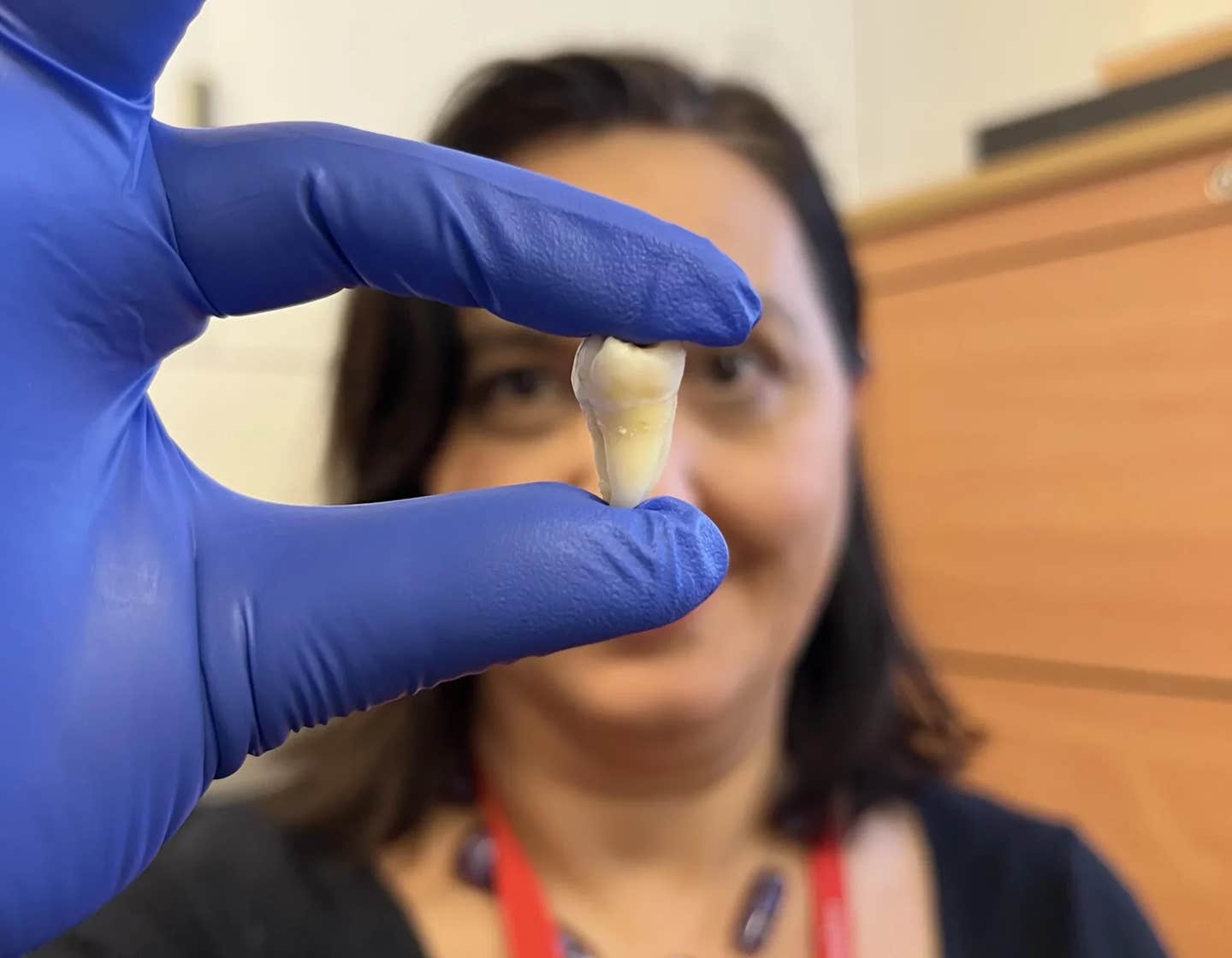New discovery identifies the billion-year-old source of Earth’s water
New data from the comet is renewing interest in the idea that comets might have helped deliver water to Earth.

Water is essential to life, yet its true origin on Earth still stirs debate. (CREDIT: NASA)
Water is essential to life, yet its true origin on Earth still stirs debate. Scientists have long wondered whether it came from icy comets, rocky asteroids, or both. Each theory tells a different story about how Earth became a watery world.
A distant comet known as 67P/Churyumov-Gerasimenko has brought this mystery back into the spotlight. New data from the comet is renewing interest in the idea that comets might have helped deliver water to Earth. The debate now focuses on hydrogen isotopes, dust interference, and the solar system’s early chemistry.
One key clue lies in the ratio of deuterium to hydrogen—D/H for short. This ratio helps track where an object formed in the solar system. It works like a cosmic fingerprint.
Deuterium is a heavier version of hydrogen and bonds with oxygen more easily in colder areas. So, icy bodies that formed far from the Sun usually show higher D/H ratios. This makes the ratio a marker scientists can use to trace the path of water.
For years, experts compared these ratios in comets and asteroids to the water found in Earth’s oceans. Jupiter-family comets, which likely formed beyond Saturn, showed water with a D/H ratio close to Earth's. That supported the idea that comets were the original delivery vehicles for our planet's water.
Then came the Rosetta mission. In 2014, the European spacecraft measured water on comet 67P and found a D/H ratio three times higher than Earth’s. The discovery challenged earlier findings and sparked new arguments.
Kathleen Mandt, a planetary scientist with NASA, decided to dig deeper. Her team used advanced statistical tools to reanalyze 67P’s data. Their work appeared in Science Advances and uncovered a hidden variable that had been overlooked.
Rosetta had gathered its data inside the comet’s coma—a cloud of gas and dust. That dust turned out to be a problem. It carried water ice rich in deuterium, which skewed the readings. This meant earlier estimates of the D/H ratio might not tell the full story after all.
Related Stories
Mandt’s team analyzed over 16,000 Rosetta measurements, spanning the entire mission. They found that the D/H ratio varied significantly within the coma and correlated with dust density. This variability suggested that the measurements near Rosetta didn’t always represent the comet’s bulk composition.
By the time dust particles reached the outer coma, their deuterium-enriched water had dissipated, allowing for a clearer reading of the comet's intrinsic water composition.
These findings shed light on how dust influences isotopic measurements. When a comet approaches the Sun, its surface heats, releasing gas and dust. Water molecules with deuterium adhere more readily to dust grains. As these grains move into the coma, they release enriched water, temporarily altering the D/H ratio in localized regions.
Laboratory experiments have shown that dust can adsorb HDO (water containing deuterium), enhancing the D/H ratio in the surrounding ice.
Mandt’s team demonstrated how this process might occur on 67P. Dust grains exposed during ice sublimation could form layers of deuterium-enriched water. As these grains enter the coma, they release the enriched water, creating localized isotopic anomalies. Over time, as dust grains dry out, the bulk coma composition reflects the comet’s true water signature.
This research also has broader implications for understanding the early solar system. Before the Sun formed, extremely cold temperatures allowed volatiles to freeze onto dust grains, forming ices rich in deuterium. As the protosolar nebula (PSN) heated, water vaporized and equilibrated with hydrogen.
Near the Sun, high temperatures homogenized the isotopic ratios, but farther out, cooler temperatures preserved the enriched deuterium in ices. These variations in the PSN's temperature and density shaped the isotopic diversity seen in comets, asteroids, and planetary bodies today.
Earth's water likely came from a combination of sources. Volcanic activity released water vapor, which condensed into oceans. However, a significant portion of Earth’s water may have arrived during a period of intense asteroid and comet bombardment about 4 billion years ago.
While asteroids have long been considered the primary contributors, Mandt's research renews interest in the role of JFCs, particularly 67P.
Other JFCs and Oort Cloud comets have shown diverse D/H ratios. Some align closely with Earth's water, while others, like 67P, initially appeared inconsistent.
For instance, comet C/2014 Q2 Lovejoy exhibited both terrestrial and enhanced D/H ratios in separate measurements, indicating variability within a single comet. Similar discrepancies have been observed in hyperactive comets, where extended sources of water production complicate isotopic analysis.
Understanding the variability in cometary D/H ratios is critical for interpreting the formation of the solar system. By revisiting previous observations and improving future missions, researchers aim to refine their models of water distribution. Mandt emphasizes the importance of accounting for dust effects in future comet studies to achieve more accurate results.
This ongoing research underscores the complexity of tracing Earth's water to its origins. Comets like 67P, with their unique isotopic signatures and intricate dust-water interactions, hold vital clues. They not only inform our understanding of Earth's history but also provide insights into the processes that govern the habitability of other worlds.
As new missions explore these icy relics, the story of Earth's water continues to unfold.
Note: Materials provided above by The Brighter Side of News. Content may be edited for style and length.
Like these kind of feel good stories? Get The Brighter Side of News' newsletter.
Joseph Shavit
Head Science News Writer | Communicating Innovation & Discovery
Based in Los Angeles, Joseph Shavit is an accomplished science journalist, head science news writer and co-founder at The Brighter Side of News, where he translates cutting-edge discoveries into compelling stories for a broad audience. With a strong background spanning science, business, product management, media leadership, and entrepreneurship, Joseph brings a unique perspective to science communication. His expertise allows him to uncover the intersection of technological advancements and market potential, shedding light on how groundbreaking research evolves into transformative products and industries.



